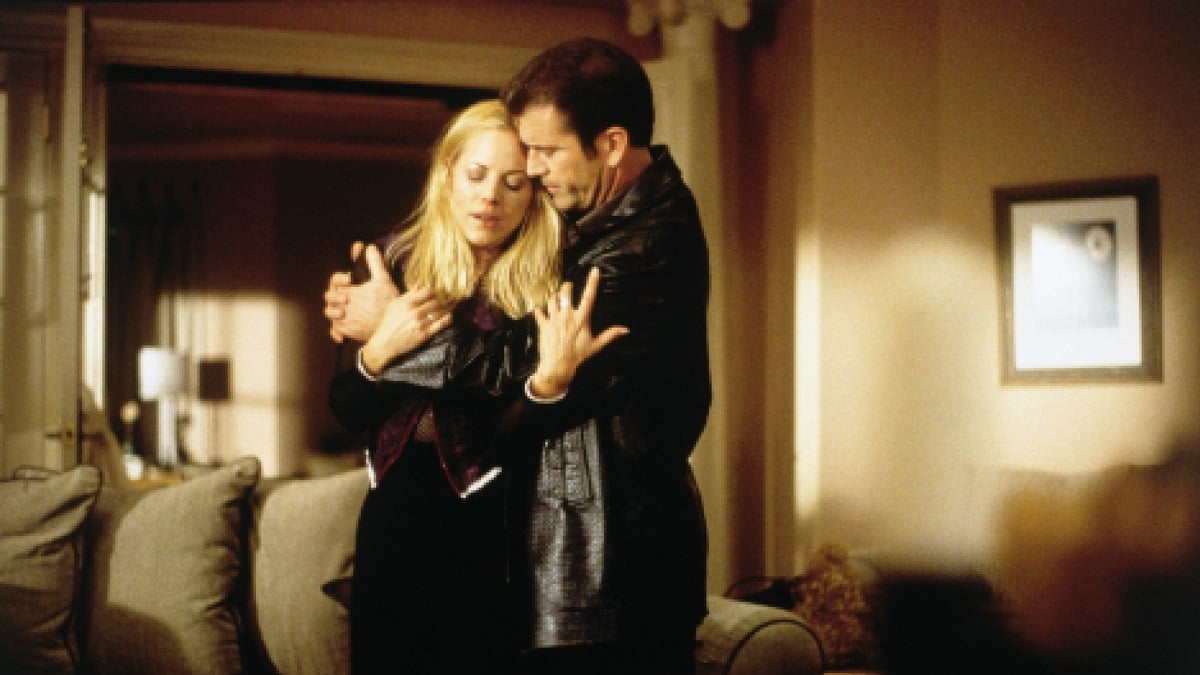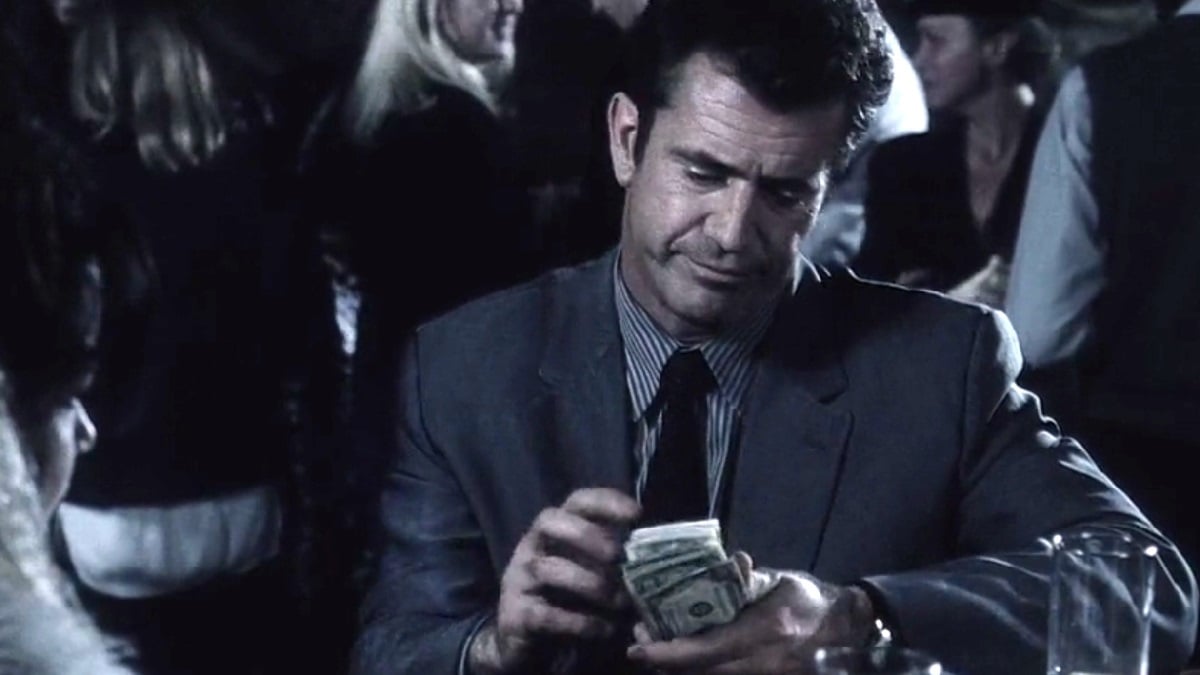By and large, we’ve been conditioned to expect – if not outright believe – that a Director’s Cut is almost always superior to the original. While that’s often proven to be the case, especially when Ridley Scott is involved, Mel Gibson made the right call in manufacturing the exit of director Brian Helgeland from 1999’s hard-boiled crime thriller Payback.
The adaptation of Donald E. Westlake’s novel The Hunter had already been brought to the screen as Lee Marvin’s 1967 classic Point Blank, but the Lethal Weapon star and two-time Academy Award winner thought he could do better. Depending on who you ask, he may or may not have succeeded, but a $162 million take at the box office ensured it was a successful endeavor nonetheless.

Gibson has gone on record saying that he was pivotal in having Helgeland removed from the production, which led to an overhaul of the screenplay, the addition of Kris Kristofferson to the cast as the main villain, and extensive reshoots that retooled almost a third of the entire movie. There was controversy at the time, but it proved to be the right call when Payback was released.
While the original helmer did at least get to put the finishing touches to his vision when Payback: Straight Up hit home video in early 2007, the consensus is that it was inferior to the theatrical edition. Gibson initially wanted the entire film to be in black-and-white, too, but his control over the production didn’t extend as far as that.
Even now, a Reddit thread debating which version of Payback is better finds the one that everybody saw on the big screen surging ahead, which just goes to show that a Director’s Cut isn’t necessarily an ironclad guarantee of quality, when there’s plenty of cases where big changes have been made for very good reasons

